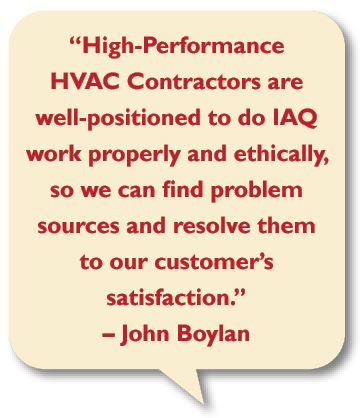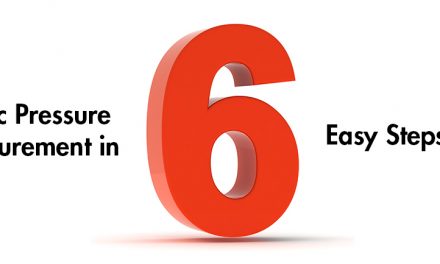On the other hand, Cody Novini doesn’t test for humidity or conduct air monitoring. He says, “In our locale, humidity issues are very rare. Lake Forest, which is southeast of Irvine, is never too humid or dry. Every seven years or so, we may get a request to install a humidifier during winter because the indoor air is too dry, but we normally don’t sell humidifiers.”
Will Horner says they use humidity-sensing instruments and particulate counters to find and solve IAQ issues.
Interestingly, none of the contractors here currently use IAQ monitoring tools. John Boylan and Mitch Bailey say they used to but stopped for different reasons. In John Boylan’s case, he says it was expensive and feels Lakeside didn’t capitalize on its benefits.
“Ten years ago, we were doing a lot of air monitoring testing but weren’t turning it into solutions for people. I don’t think we invested enough into air quality training to make it worth it. Long story short, nobody was driving it, and air monitoring never took off for us.
“However, I am looking into the idea of making monitoring part of our service agreement package,” he says.
“We also are considering air monitoring services as a next step,” adds Dawn Mroczek.
Is Duct Cleaning Important?

For Canco ClimateCare, Will Horner says they do not offer duct cleaning services but recommend having that work done if necessary. In fact, the only contractor in our group who does duct cleaning is Dawn Mroczek of GV’s. She says, “We
absolutely offer this service and take before and after photos to show customers what we did.”
The two California contractors say that much of the duct used in their state is flex duct, which is not suitable for duct cleaning services. John Boylan used to sell duct cleaning and is considering getting back into it with a dedicated crew.
Training Continues to Be Vital
“My feeling is that our industry should take a hard look at how to train our people to find IAQ source problems, then prescribe solutions that may or may not involve selling new products,” says John Boylan.
“We need to educate ourselves better to do the right thing for the client,” Boylan adds. “The key, again, in my opinion, is airflow. High-Performance HVAC contractors work on airflow and deal with the air in the building space. We are well positioned to do IAQ work properly and ethically, so we can find problem sources and resolve them to our customer’s satisfaction.”
“We have biweekly training on all kinds of subjects, and IAQ is involved in most of it,” says Mitch Bailey.
“Our training happens each week,” adds Will Horner.
“Every training session has some aspect of static pressure included. We use NCI’s static pressure budgets as the standard baseline and can evaluate and sell filtration, system cleanings, and maintenance.
Cody Novini says that his company holds service training two or three days per week, and “our installers get spring and fall refreshers on the importance of proper airflow and ductwork.
“They all go through the program offered through National Comfort Institute (NCI), including residential air balancing and duct system optimization. We use airflow to tie all the different types of training together.”
Dawn Mroczek says they use the Daikin/Amana IAQ class to keep their techs up to speed on the latest techniques and products. That training is held annually.
Click Below for the Next Page:













Recent Comments